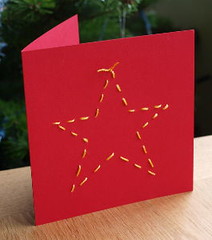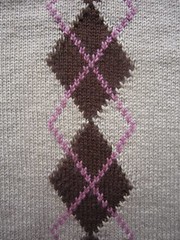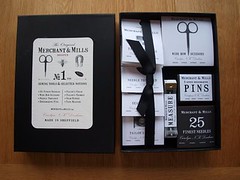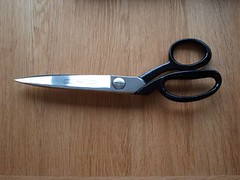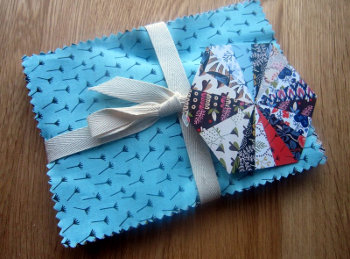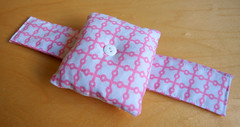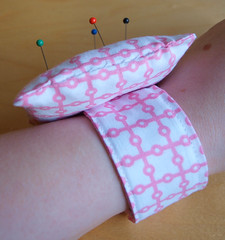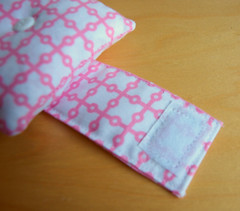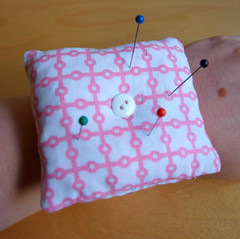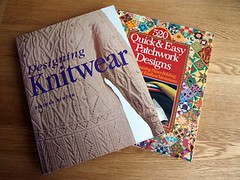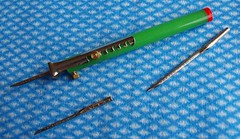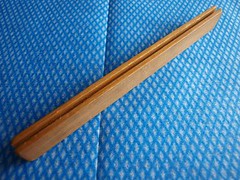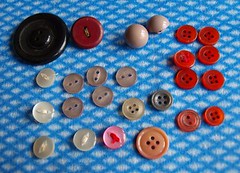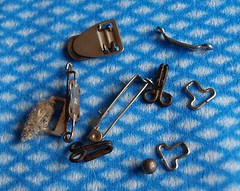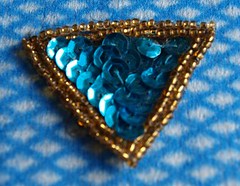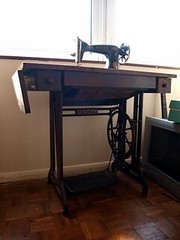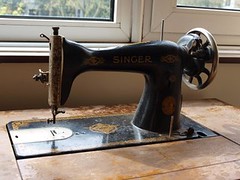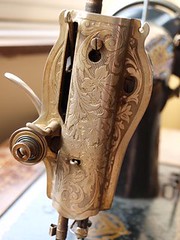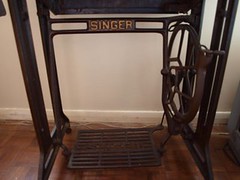I mentioned last weekend that I had made a prototype for this year’s Christmas cards but didn’t include a photo. The reason for this was that the best photo I had taken of it looked like this:
For me, prototypes really are prototypes. They are the first attempt to see if it is even remotely possible to physically create something that in any way resembles the vision in my head and maybe, if I’m really lucky, work out some of the initial kinks in the process. Believe it or not, in my world, this is a photo of a highly successful prototype.
However, since I doubted that anyone would find that photo terribly interesting or inspirational and thought that most people would probably pity my poor family and friends for having such ugliness inflicted upon them, I thought I would wait until I had moved past the prototyping stage and made at least one finished article.
Doesn’t that look better?
(In a fit of craft-related productiveness, I even managed to remember to take photographs of the process and have put up a tutorial on Yellow Ginger showing how it’s done.)

